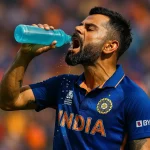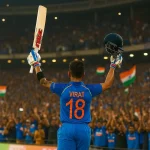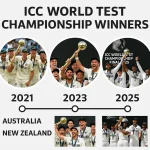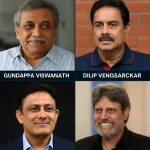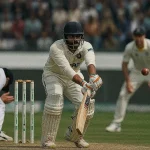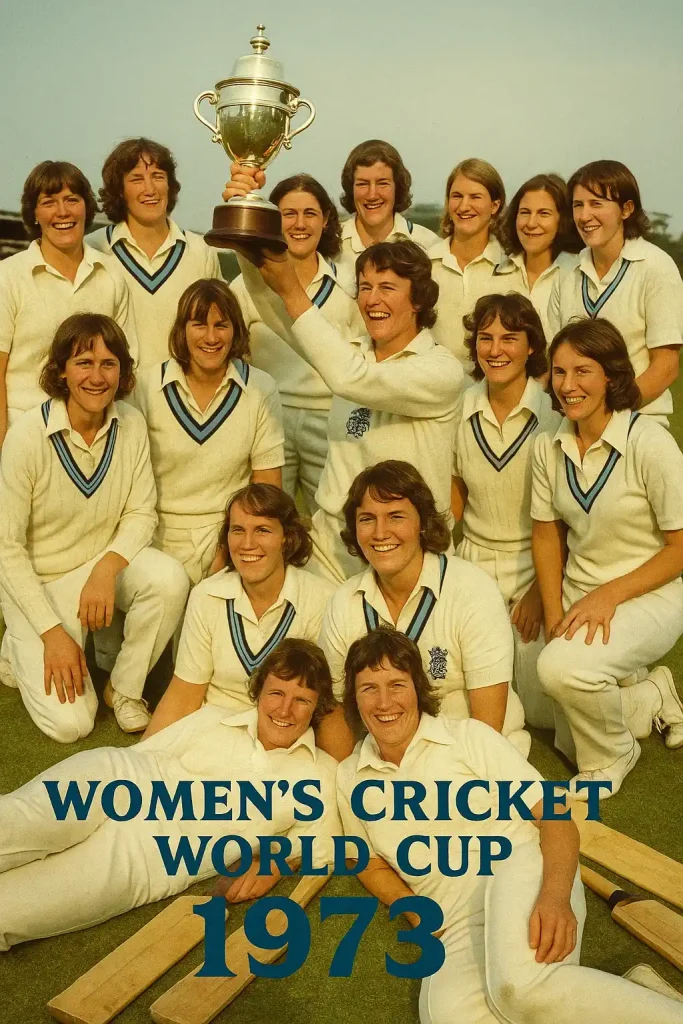
In the mellow light that spills across Lord’s cricket ground, a stage mostly named for male heroes, a different vibe started brewing back in 1973. Years before the men ever lifted a World Cup trophy, a fearless group of women, hardly on TV and with next to no cash, stepped forward and stole the show. They took to the pitch for the very first Women’s ODI World Cup. That game wasn’t just history; it felt a little like a quiet revolution.
A Tournament Ahead of Its Time
The inaugural Women’s World Cup came two years before the men’s. That fact alone flips conventional cricket timelines on their heads. Organized by the indomitable Rachael Heyhoe Flint, this tournament wasn’t just about sport — it was about legitimacy.
Flint wasn’t just a cricketer. She was a crusader with a bat. She pushed boundaries, chased sponsorship, and got Sir Jack Hayward — a philanthropist with a vision — to fund what no one else would.
Seven teams participated: England, Australia, New Zealand, Trinidad and Tobago, Jamaica, an International XI, and a Young England side. No India. No South Africa. But what it lacked in representation, it made up for in courage.
A Quick Look at the 1973 Women’s Cricket World Cup
| Country | Captain | Position | Wins | Losses |
| England | Rachael Heyhoe Flint | Champions | 6 | 0 |
| Australia | Miriam Knee | Runners-up | 5 | 1 |
| New Zealand | Trish McKelvey | 3rd Place | 4 | 2 |
| Trinidad & Tobago | Louise Browne | 4th Place | 3 | 3 |
| International XI | Audrey Disbury | 5th Place | 2 | 4 |
| Jamaica | Vivalyn Latty-Scott | 6th Place | 1 | 5 |
| Young England | Sue Hilliam | 7th Place | 0 | 6 |
England emerged unbeaten. But more than that, they emerged respected.
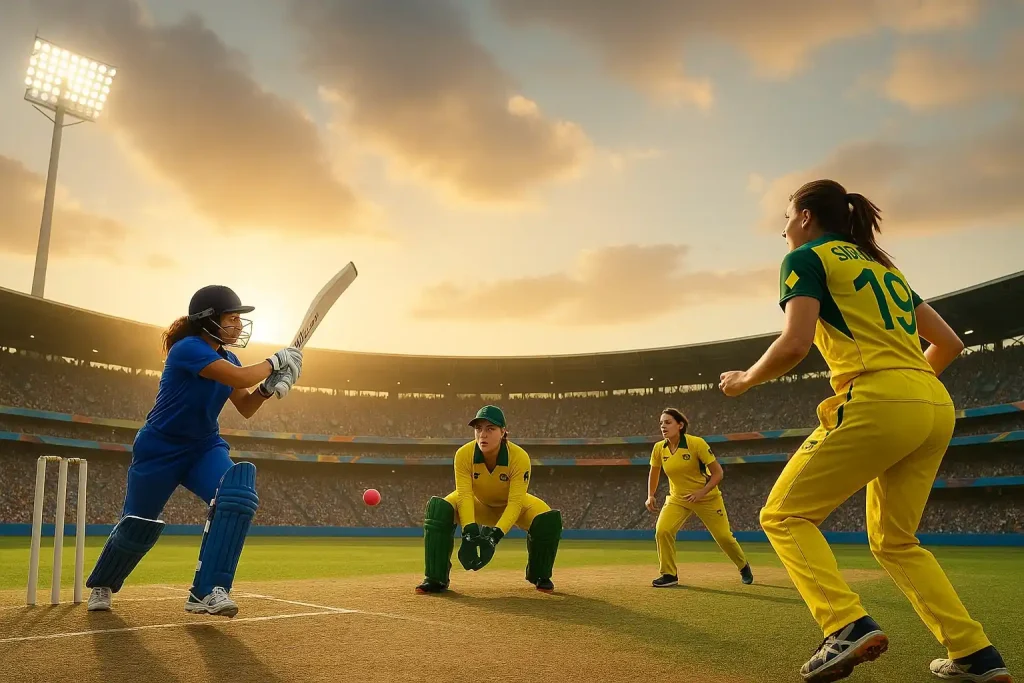
Why 1973 Mattered More Than Most Remember
Cricket — especially in its international form — has always been seen as a men’s game. And yet, in 1973, while the men’s game squabbled over formats and finances, women were crossing oceans to play for nothing more than the love of the game.
There was no social media.
No six-figure contracts.
No national TV broadcasts.
Just ambition, sweat, and a lot of stitched-up kits. That year, women’s cricket planted a flag — on behalf of every girl who had ever been told, “This game isn’t for you.”
Rachael Heyhoe Flint: The Architect of Women’s Cricket
If you walk through any hall of cricketing fame and don’t find Flint’s name — look again. Without her, there would be no 1973. No early investment. No credibility.
She didn’t just lead England. She embodied the entire vision. Behind the scenes, she negotiated. In front of the cameras, she delivered. And when England lifted the trophy, she was lifting an entire movement.
Decades later, it was her relentless advocacy that pushed the MCC — the sport’s most hallowed institution — to finally allow women members in 1999. Yes, that recent.
Fast Forward: Women’s Cricket Today
It’s almost hard to believe how much women’s cricket has changed in just a few decades.
Masters tournaments. Today, finals in the Women’s T20 World Cup sell out every seat and echo through prime-time television. Commentators drop names like Ellyse Perry and Harmanpreet Kaur right next to the biggest men of the week. Contracts are bigger, sponsor logos appear everywhere, and new broadcast deals seem to land every season.
Most nations-India, England, Australia, and even South Africa-now run their own club leagues. India’s new Women’s Premier League alone snagged millions of viewers during its opening weekend.
But none of this would exist without that very first World Cup.
Legacy in Numbers
Let’s reflect on how the game has grown:
| Year | Total Teams | Champions | Final Venue | Notable Moment |
| 1973 | 7 | England | Edgbaston (Birmingham) | First-ever Women’s ODI World Cup |
| 1993 | 8 | England | Lord’s | First televised Women’s WC Final |
| 2009 | 8 | England | Sydney | T20 format introduced |
| 2017 | 8 | England | Lord’s | Over 26,000 spectators attended the final |
| 2022 | 8 | Australia | Hagley Oval, New Zealand | Dominant title win by a professional squad |
It’s not just numbers. It’s a narrative shift.
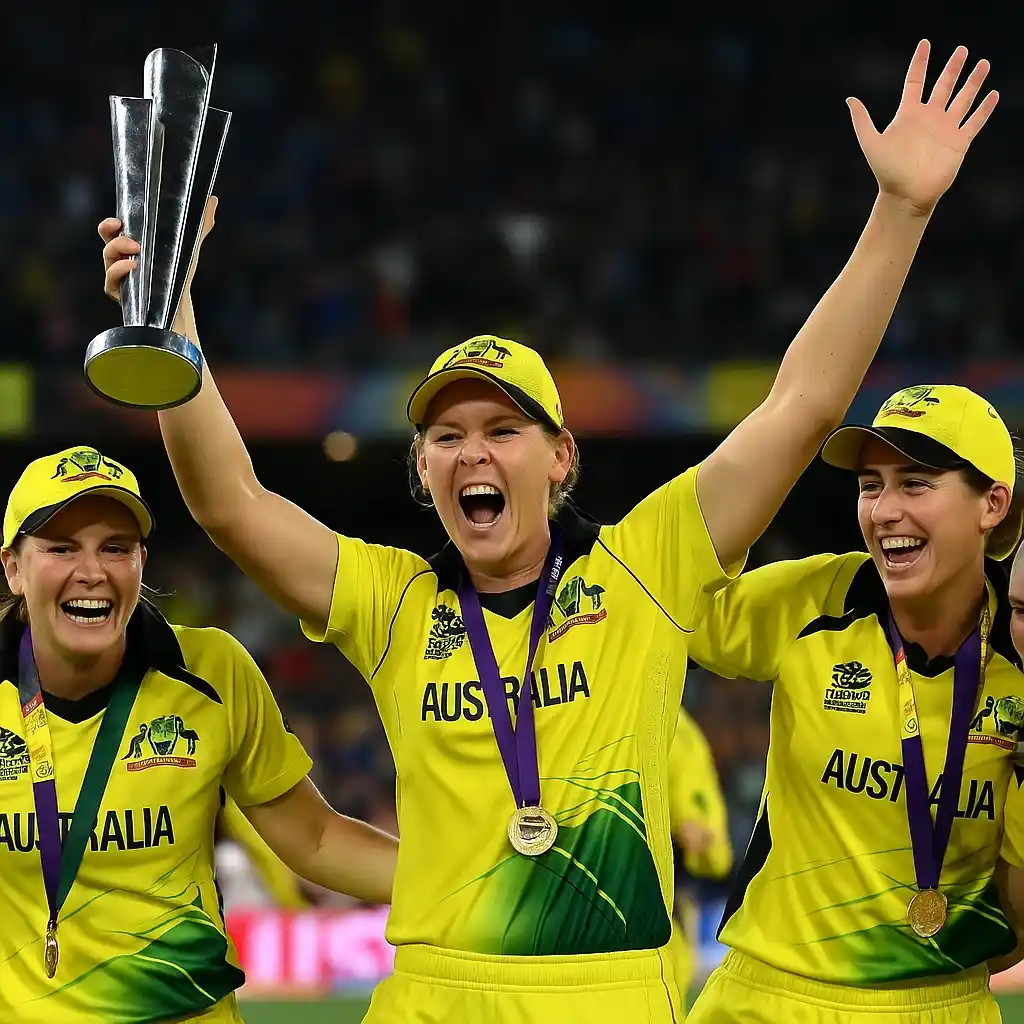
Why This History Must Be Taught
There’s a danger in forgetting who came first. And in women’s cricket, forgetting 1973 means forgetting every risk those players took. In a sport where even the men’s team had to fight for professionalism, the women fought in silence, often without backing.
Every six hit by Smriti Mandhana, every spell bowled by Megan Schutt, every crowd roaring for Sophie Ecclestone — they echo back to 1973.
That’s not romanticism. That’s fact.
The Road Ahead
If the first 50 years of women’s cricket were about survival and recognition, the next 50 will be about elevation. Equal pay. Full schedules. Shared airtime.
And maybe, just maybe, another tournament like 1973 — the kind that doesn’t just crown champions, but inspires the next era of pioneers.
Because this isn’t just a sport anymore. It’s a movement.
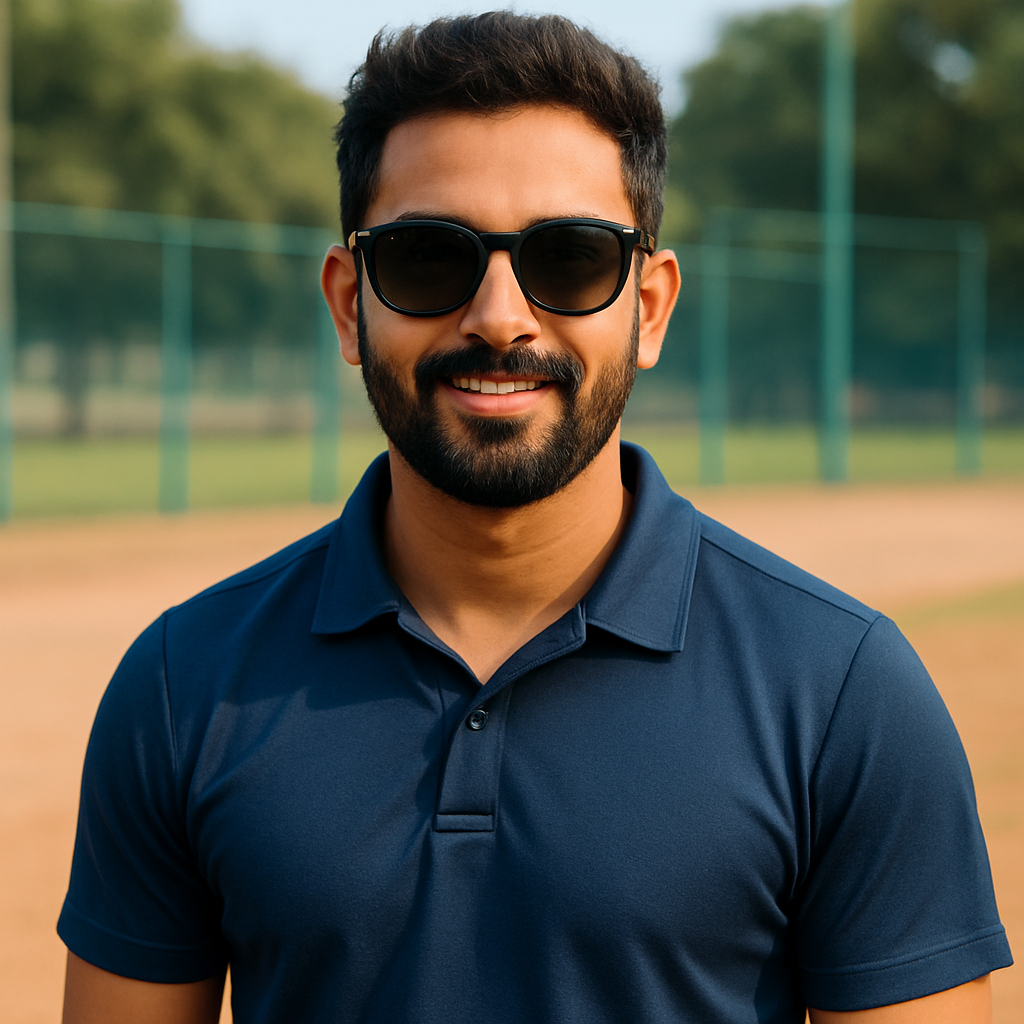
Meet Arjun Kushaan, a passionate cricket analyst at The Cricket24x7. From street matches in his childhood to competitive college tournaments, cricket has always been a central part of Arjun’s life. With a strong background in data analysis and a natural affinity for numbers, he brings a fresh, analytical lens to the game. At The Cricket24x7, Arjun blends his deep love for cricket with his data-driven approach to deliver detailed insights and well-rounded coverage for fans of the sport.

